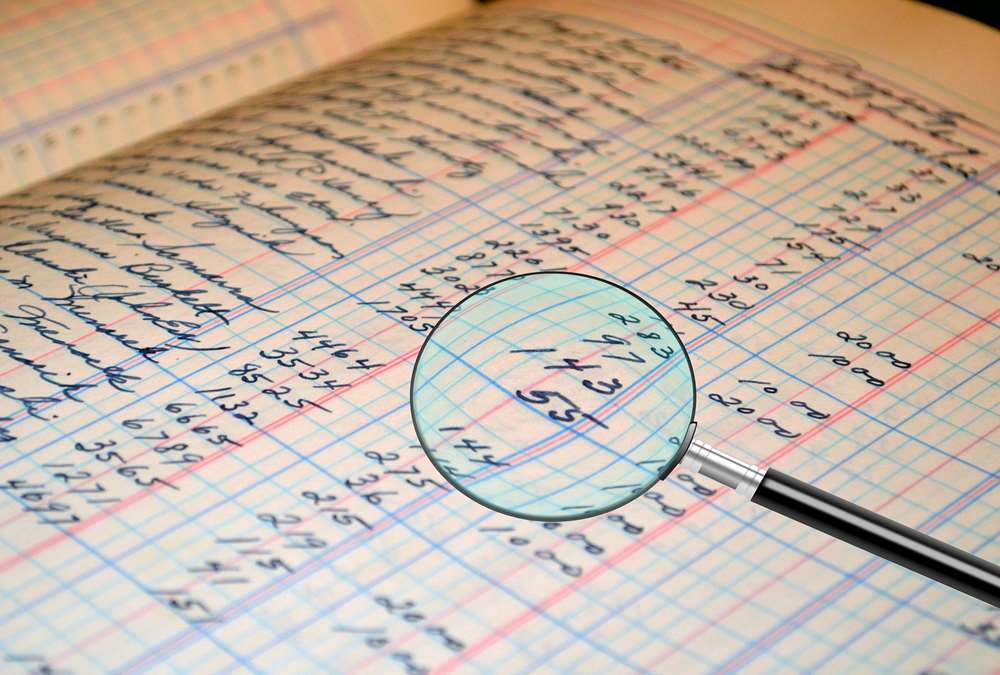- Home
- Business Processes
- Industry Knowledge
- Aerospace Industry
- Automotive Industry
- Banking Domain
- BFSI Industry
- Consumer/ FMCG Industry
- Chemicals Industry
- Engineering & Construction
- Energy Industry
- Education Domain
- Finance Domain
- Hospitality Domain
- Healthcare Industry
- Insurance Domain
- Retail Industry
- Travel and Tourism Domain
- Telecom Industry
- Leadership Skills
- eLearning
- Home
- Domain Knowledge
- General Ledger
- What is a General Ledger?
What is a General Ledger?
The purpose of the general ledger is to sort transaction information into meaningful categories and charts of accounts. The general ledger sorts information from the general journal and converts them into account balances and this process converts data into information, necessary to prepare financial statements. This article explains what a general ledger is and some of its major functionalities.
Difference between Transactions & Financial Transactions:
As discussed earlier, the business enters into many activities and transactions throughout the day. It is not necessary that all activities have a financial impact. For example, if a company issues a Purchase Order for buying certain goods, but no financial transaction has happened unless the goods are delivered and the invoice is raised on the company issuing the purchase order by the supplier. All transactions that have a financial impact only need to be journalized. Transactions having a financial impact are only posted to General Ledger.
What is General Ledger?
Once we have journalized transactions into a general or special journal which are also referred to as "the book of original entry, the transactions need to be entered in the general ledger which is also called "the book of final entry." The general journal and the general ledger both record transactions, but it is the general ledger that groups similar transactions into accounts, and converts the accounting data into meaningful information useful for the stakeholders.
Transactions are first recorded in the general journal and then transferred, or posted, to the ledger, which stores all the charts of accounts of a business. An account is defined as an accounting record that reflects the increases and decreases in a single asset, liability, or owner's equity item (The Accounting Equation!!). In addition, the ledger shows the balance of each account that helps the user understand the final effects of the transactions.
While journals present a chronological listing of a company's daily transactions, ledgers are organized by account. As a result, financial statements such as Balance Sheets and Income Statements can only be generated from the general ledger not directly from the journals.
Accounts in a ledger are simply groupings of interest. Sub Accounts are created for five types of accounts Assets, Liabilities, Equities, Revenues, or Expenses. Separate records are created to classify these accounts further to help to understand the accounting data at a granular level. Based on the individual business needs the number and variety of sub-accounts (natural accounts) in a given business can vary significantly. In order to group account information more usefully, a company may use subsidiary ledgers as well as a general ledger.
Format of General Ledger:
The purpose of the general ledger is to categorize the information into accounts and provide the users with different account balances. This categorization ensures that the data is organized and easily accessible to convert them into trial balance and finally convert it to financial statements. As the rules of debit and credit and the accounting equation still apply, the summation of the balances of all the accounts in a General Ledger is always equal to zero, because for every debit in Journal we have also created a corresponding credit. The standard format helps organize financial information in one place.
Standard general ledger format generally contains the following information:
- The chart of accounts- classified into five account types - Assets, Liabilities, Equities, Revenues, or Expenses.
- The account's title is the name of the account and must exactly match the account name as defined in the master chart of accounts by the organization.
- The Date columns – A general ledger may capture several dates, like the entered date, transaction date, accounting date, and the posting date. These dates may be the same or may vary based on the business internal policies.
- The Particulars column explaining the nature and purpose of the transactions that are being captured against the respective accounts and amounts.
- The Post Reference (P.R.) column specifying the reference information to the posting event, tying the transaction back to the originating journal.
- The Debit column representing the amount of debit posted to the account.
- The Credit column representing the amount of credit posted to the account.
- The Debit Credit Balance (DR./CR.) column to indicate the sign of the final balance. Sometimes a negative (-) is used to represent credit balances.
- The Balance column which keeps a running balance of each account. Due to this balance column, the ledger is referred to as a "balanced column account."
A good general ledger software application will provide management with accurate, up-to-date information in order to make short and long term business decisions. It also has inbuilt controls and processes necessary, to ensure that the correct information is reported. Income statements, balance sheets, and statements of cash flow are standard reports needed by management to judge business progress and these reports can be built using the trial balance created in General Ledger.
Related Links
You May Also Like
-
GL - Review & Approve Journals
Review and Approval mechanisms ensure that the accounting transaction is reasonable, necessary, and comply with applicable policies. Understand why we need review and approval processes, what are they, and how they are performed in automated general ledger systems. Learn the benefits of having journal approval mechanisms in place.
-
Hierarchical Organization Structures
Hierarchical structure is typical for larger businesses and organizations. It relies on having different levels of authority with a chain of command connecting multiple management levels within the organization. The decision-making process is typically formal and flows from the top down.
-
Matrix Organizational Structures
In recent times the two types of organization structures which have evolved are the matrix organization and the network organization. Rigid departmentalization is being complemented by the use of teams that cross over traditional departmental lines.
-
There are five types of core accounts to capture any accounting transaction. Apart from these fundamental accounts, some other special-purpose accounts are used to ensure the integrity of financial transactions. Some examples of such accounts are clearing accounts, suspense accounts, contra accounts, and intercompany accounts. Understand the importance and usage of these accounts.
-
Multitude of these legal and operational structures clubbed with accounting and reporting needs give rise to many reporting dimensions at which the organization may want to track or report its operational metrics and financial results. This is where business dimensions play a vital role.
-
Learn the typical accounting cycle that takes place in an automated accounting system. We will understand the perquisites for commencing the accounting cycle and the series of steps required to record transactions and convert them into financial reports. This accounting cycle is the standard repetitive process that is undertaken to record and report accounting.
-
Funds contributed by owners in any business are different from all other types of funds. Equity is the residual value of the business enterprise that belongs to the owners or shareholders. The funds contributed by outsiders other than owners that are payable to them in the future. Liabilities are generally classified as Short Term (Current) and Long Term Liabilities. Current liabilities are debts payable within one year.
-
Divisional Organizational Structures
The divisional structure or product structure consists of self-contained divisions. A division is a collection of functions which produce a product. It also utilizes a plan to compete and operate as a separate business or profit center. Divisional structure is based on external or internal parameters like product /customer segment/ geographical location etc.
-
In most of the automated financial systems, you can define more than 12 accounting periods in a financial year. This article will explain the concept of the adjustment period and the benefits of having adjustment periods. Adjustment periods have their inherent challenges for the users of financial statements and there is a workaround for those who don’t want to use adjustment periods.
-
Legal Structures for Multinational Companies
A multinational company generally has offices and/or factories in different countries and a centralized head office where they coordinate global management. A multinational company (MNC)is a corporate organization that owns or controls the production of goods or services in at least one country other than its home country.
Explore Our Free Training Articles or
Sign Up to Start With Our eLearning Courses

About Us
Learning
© 2023 TechnoFunc, All Rights Reserved









